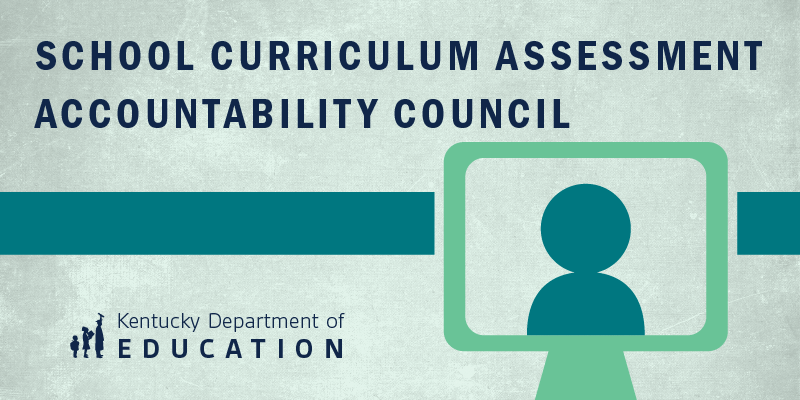(FRANKFORT, Ky.) – The Kentucky Board of Education took a first look at the proposed new accountability system for Kentucky schools and districts during a work session on Feb. 7 and generally liked what it saw.
When asked if the state is on the right track with accountability, former superintendent and board member Roger Marcum unequivocally replied, “Absolutely.”
“This is the most helpful system for students we’ve seen in education,” member Nawanna Privett said.
“We are grateful for the work that has gone into this and the overall direction that is presented here,” member Gary Houchens said. “I encourage you to continue down this path.”
Kentucky’s new accountability system has been developed over the past year through a very inclusive and extensive process that involved hundreds of diverse committee and work group members (including administrators and teachers from all levels, subject areas, specialties, school and district sizes, rural and urban areas throughout the state, education partners, parents, community members, the business community) and the input of thousands of Kentucky residents who participated in Town Hall meetings.
The accountability system is designed to:
- promote higher levels of student learning (including a well-rounded education, high levels of knowledge and skills in the key content areas and essential skills necessary to ultimately succeed in a career);
- promote greater equity and reduced achievement gaps;
- foster understanding, support and improvement of public schools; and
- guide state support and assistance to schools and districts.
Additionally, the state is redesigning accountability to align with the requirements of the federal Every Student Succeeds Act.
“I’m proud of the work so far,” Commissioner Stephen Pruitt told the board when introducing the proposed system. “It’s been thoughtful, innovative and hard. The time we’ve spent isn’t just so we can check a box saying we complied with the federal law. It’s been an opportunity to build a system that reflects Kentucky values.
“Rather than doing what we have a right to do in education, with this system, we can do what is right for kids.”
The system keeps students at its center. It includes:
- personalized options for students to be transition ready with content knowledge and critical essential skills;
- a focus on the instructional core with student proficiency and growth;
- opportunities and access measures that go beyond tests and tested subjects to allow for a well-rounded education and a broader picture of school performance;
- data requirements that shine a light on closing the achievement gap; and
- an innovation pilot for a competency-based model.
In addition, the proposed system eliminates percentiles and weights to create a descriptive school profile based on standards and the relationship between indicators.
Under the proposed system, schools and districts will receive an overall rating of Outstanding, Excellent, Good, Fair, Concern or Intervention based on performance on five indicators:
- Proficiency – student performance on state tests in reading, mathematics, science, social studies, language mechanics and writing;
- Growth (elementary and middle school Levels) – whether and how quickly students are improving academically;
- Achievement Gap – marked by the disparity in performance between student groups with a goal of reducing the gap by moving all students to higher levels and moving those at the lowest levels more rapidly;
- Transition Readiness – exposure to (elementary school) and exploration of (middle school) careers and essential skills; graduation rate and academic, career and military readiness (high school); and
- Opportunity and Access – measures that support the whole child and also look at whether students have the opportunity to learn and have equitable access to advanced coursework.
All the information will be reported online, broken down by student population group when possible to present a transparent and broader picture of school and district performance.
Based on the board’s feedback, department staff will continue working out details of the system and begin modeling the proposed system using existing data. This modeling will inform decisions about the data calculations behind the system.
Houchens said the validity of measures included in the system is critical.
“The better we can get it valid and reliable now, the easier it’s going to be for us to live with it in the future,” he said.
Pruitt said it is important to continue to engage shareholders in the process and he plans on seeking widespread public feedback on the proposed system both online and through town hall meetings starting next month.
The KBE must approve the final system and would likely have its first reading on the proposal in April.
The current timeline calls for the Kentucky Department of Education to submit its plan for accountability to the U.S. Department of Education by Sept. 18. If approved, 2017-18 would be a transition year; schools and districts would be held accountable under the new system for the first time in the 2018-19 school year.



Leave A Comment